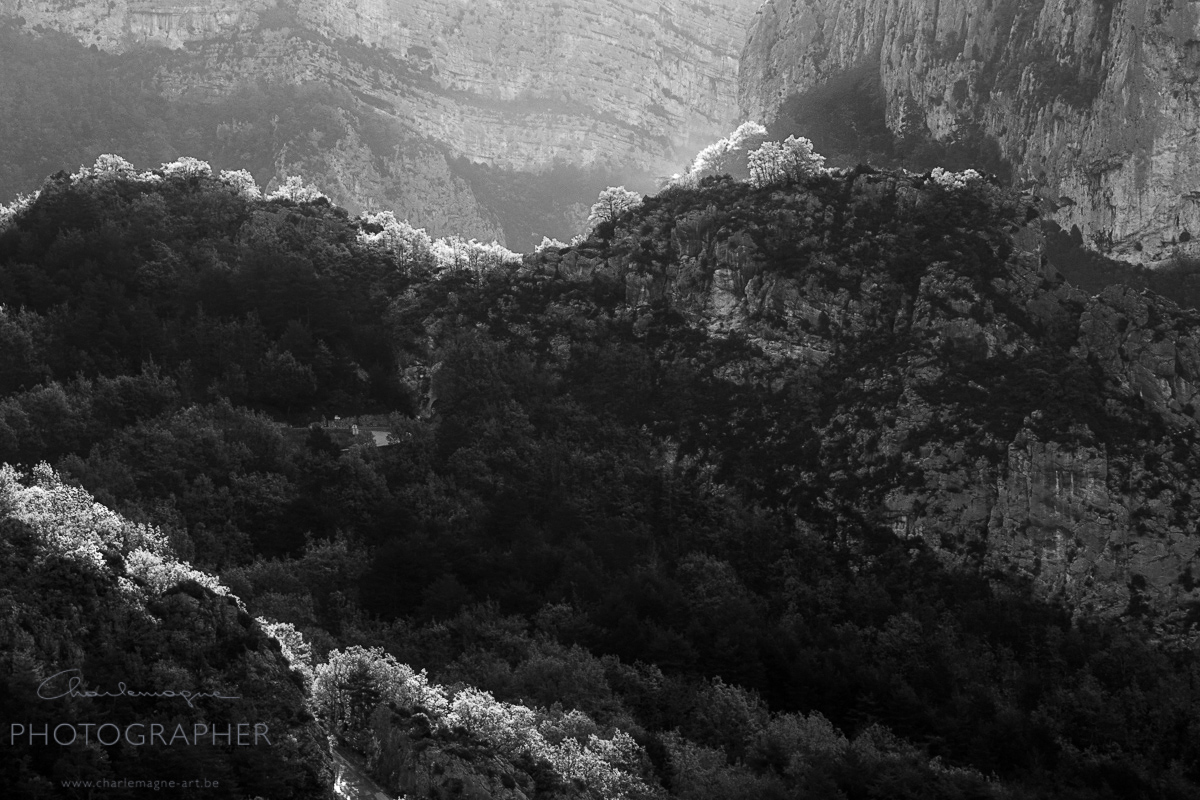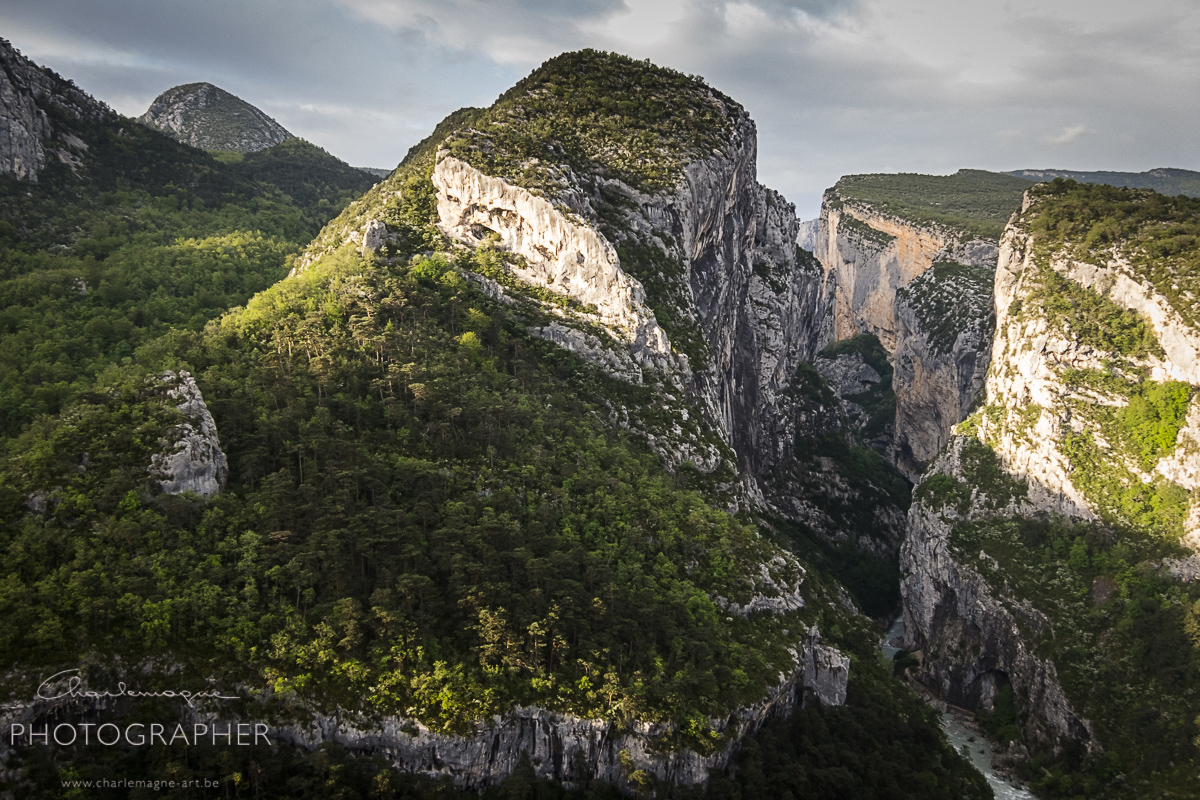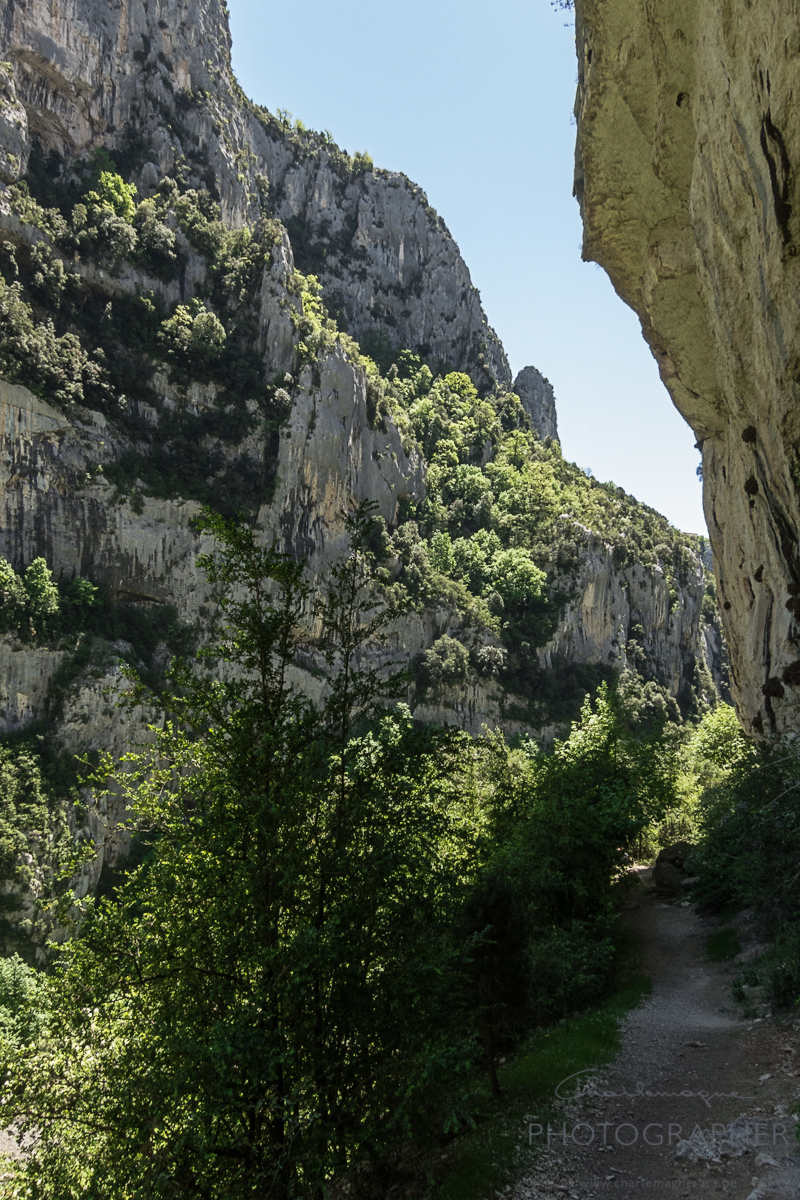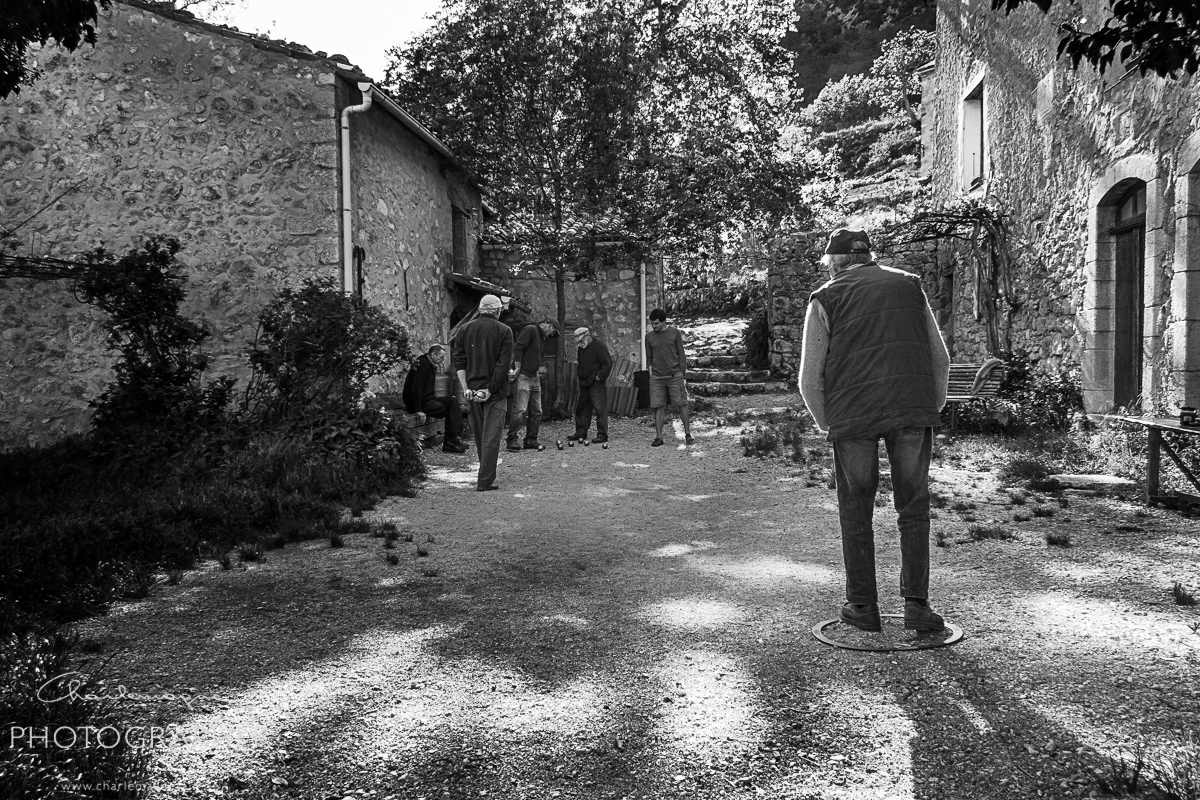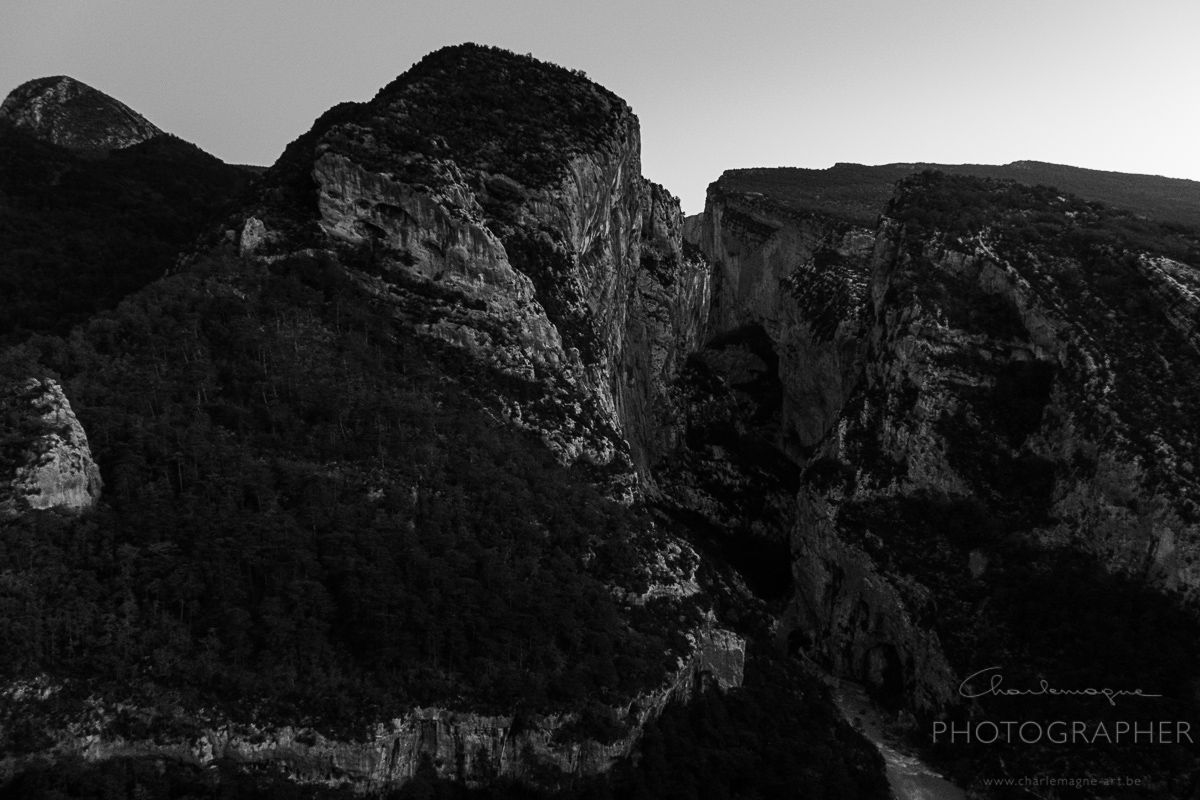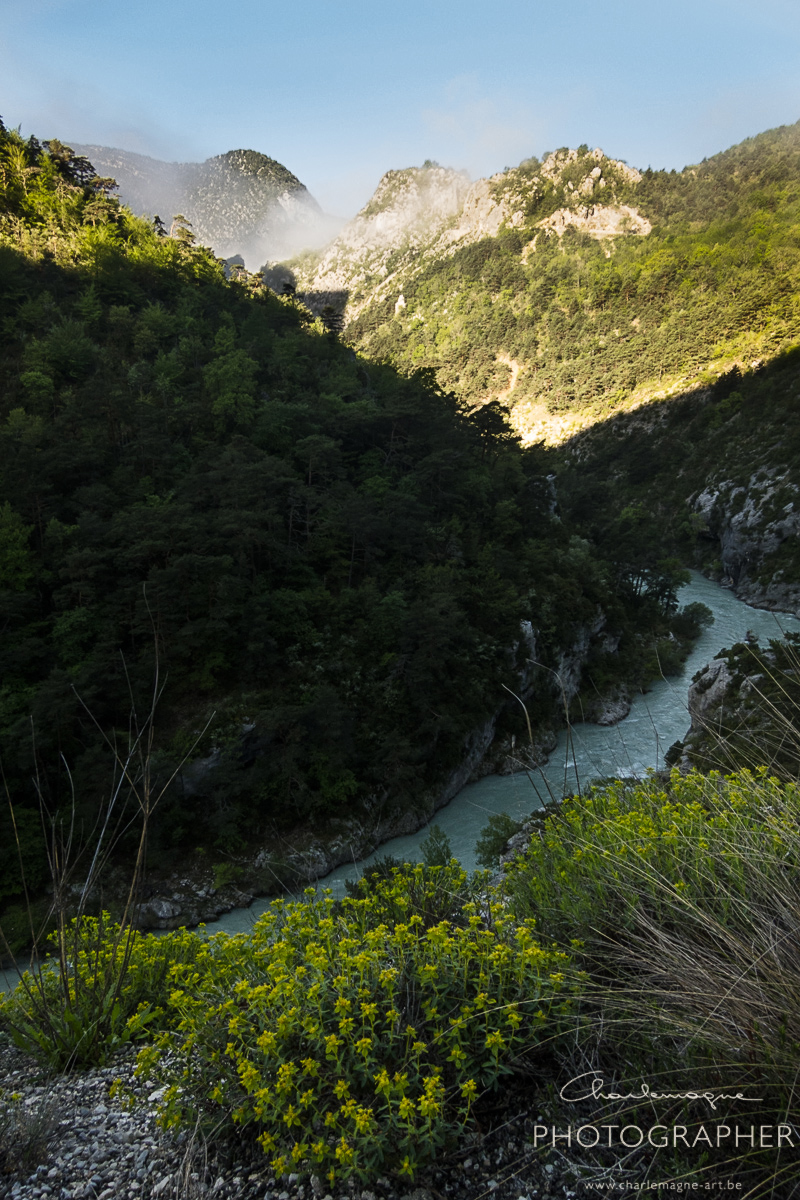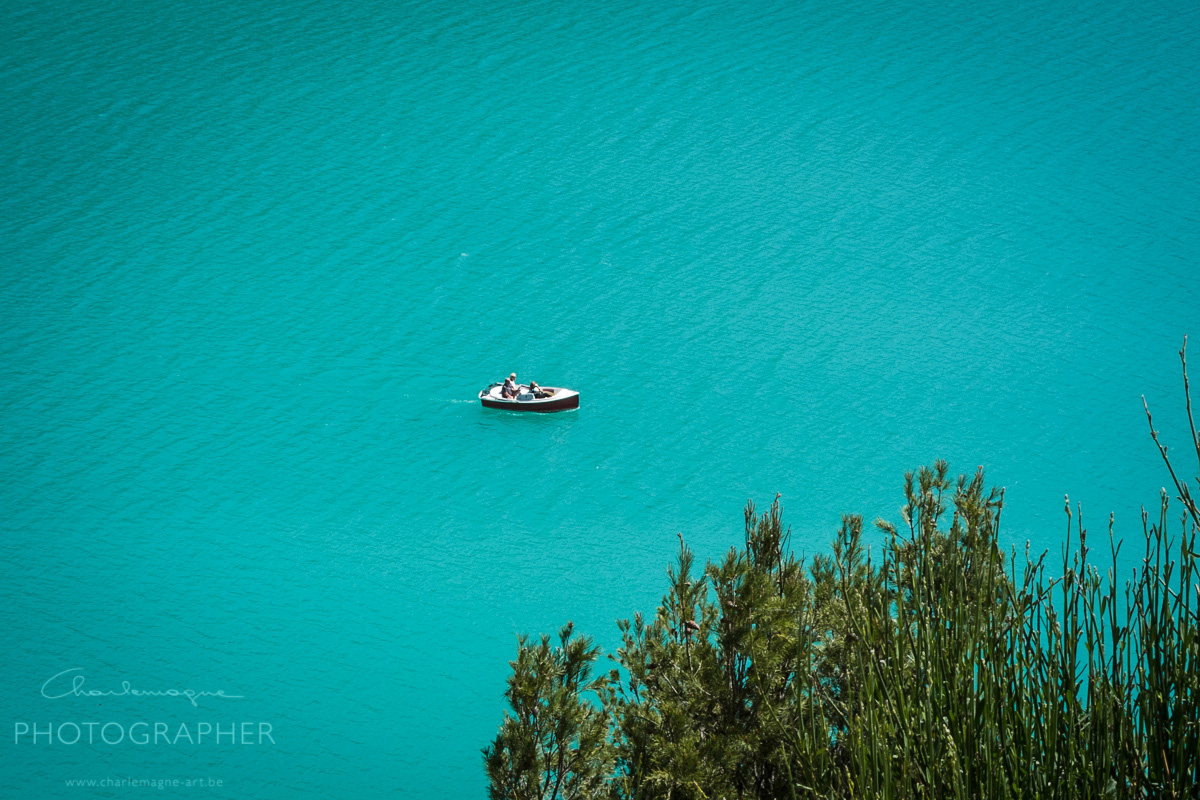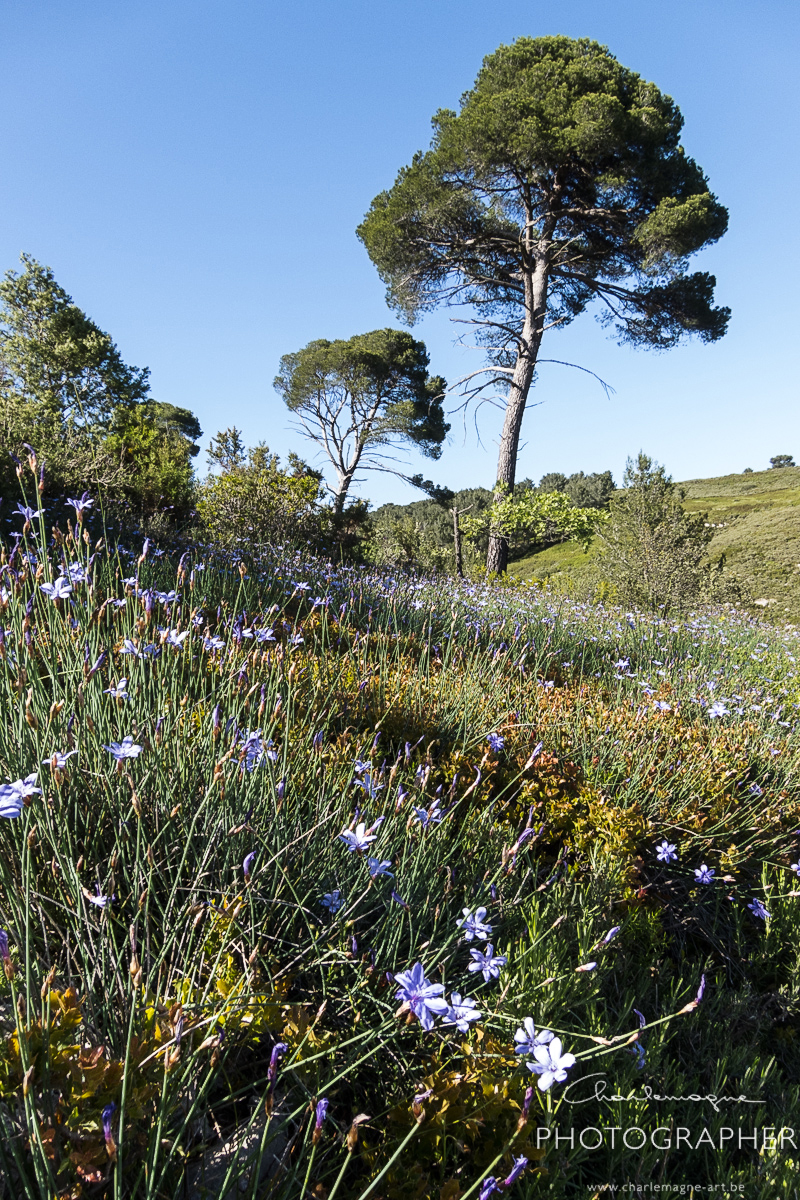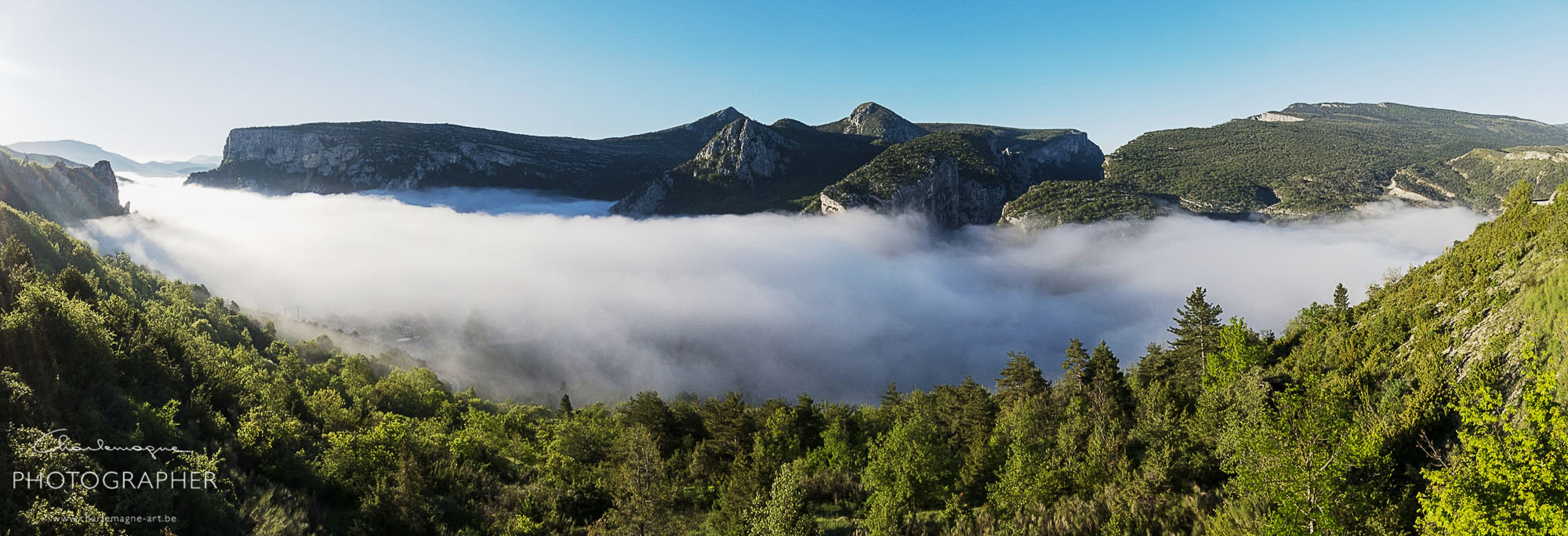Hello there,
I was on a men-only weekend with my oldest son a couple of weeks ago.
We had a lot of fun together, rafting, mountain hiking, drinking beer (at least me), etc. …
I didn’t want to focus on photography that weekend, because of the father and son thing so I only took my compact camera with me. The Canon Powershot S95.
I have used it on weekends out before, but never in a landscape environment. see my post Barcelona Highlights
It is a good compact, but probably not the best you can get.
I don’t want to go into details about this, just put the pros and cons next to each other, compared to my reflex camera.
Compared to the Canon 5D markII and some proper lenses, these are the most relevant cons:
the lens lacks sharpness in the entire zoom range
the sensor has a much smaller dynamic range (whites blowing out or blacks going dead)
it has a much slower reaction time (it’s not a reflex, so there’s a short time lag between pressing the shutter and the picture taken.
it has slower and not so performant AutoFocus (although the AF from the 5D mark II is not top either)
The colors tend to get over-saturated.
these are the pros:
its lightweight compared to any reflex camera 195g vs. 850g without lens for the 5D II
it fits in almost any pocket
it is almost stealth-like compared to a reflex camera, so it doesn’t bother people when it appears (not so important for landscape, but important for street photography)
its silent (except maybe from the lens ring clicks, which are quite noisy)
A pro for this compact, vs some other compacts:
it has all exposure modes, including full manual (P, AV, TV, M), so you can play with the settings as you would with a reflex camera, you can even choose to set the focus manually.
Enough talking, let me show you some pictures. For your info, I have done quite some editing in Lightroom. You won’t notice the lack of sharpness here, I worked a lot on the tonal range in the images, etcetera.
The last image is a photoshop stitched image from 6 shots.
So is it a worthy camera, yes sure it absolutely is a very good travel companion if you don’t wish to focus on photography, but it takes some more time to get good pictures out of it, and you’ll never be able to get really pro-quality pictures out of it.
After all I’m not really a material geek. Sure I love my camera and lenses, but for me a lot of photography is in the eye of the photographer. I’m sure a good photographer can make good pictures with a compact, a bad photographer will not manage taking good pictures with pro gear. I enjoyed being with my son, taking a picture from time to time for the memories, and that is a different mindset than going on a photography trip.
take care, and I hope you come again soon.
Ludwig
